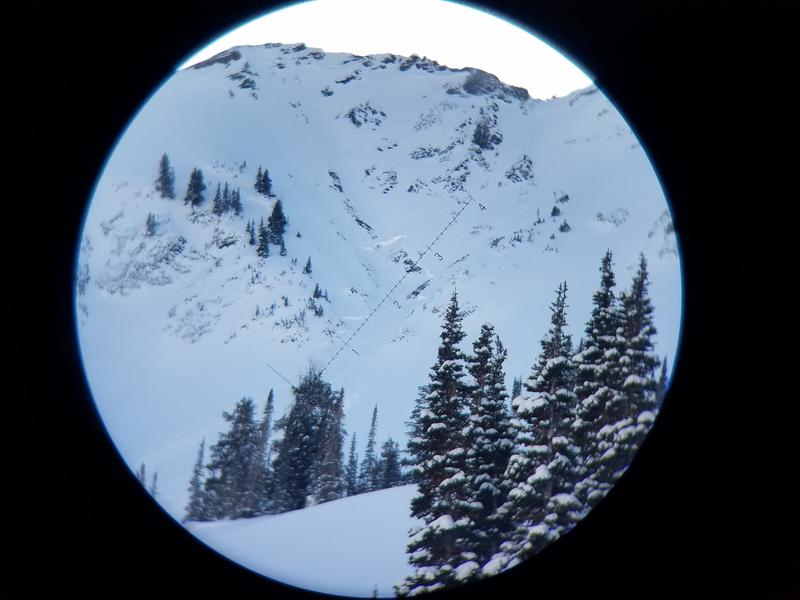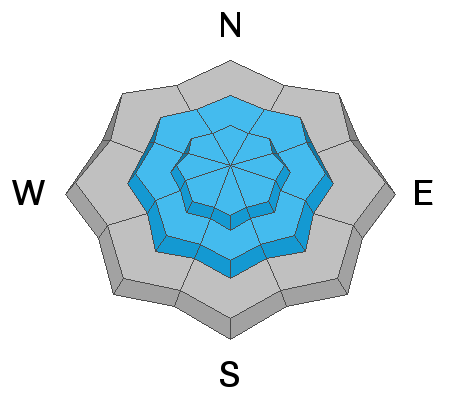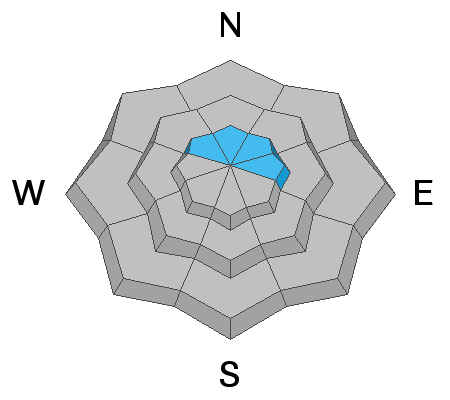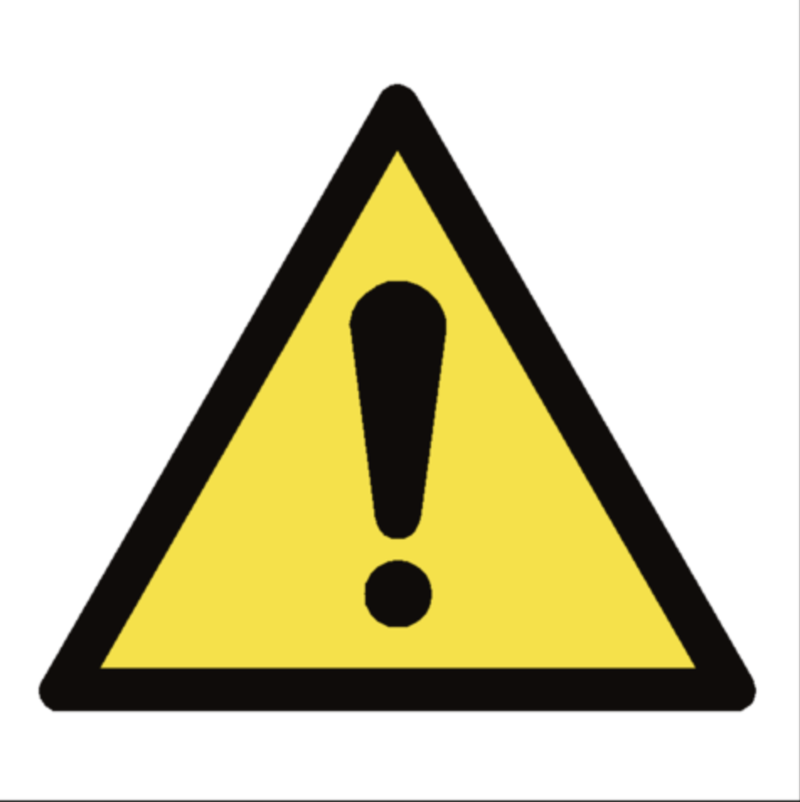Forecast for the Provo Area Mountains

Issued by Drew Hardesty on
Saturday morning, December 29, 2018
Saturday morning, December 29, 2018
Areas of MODERATE danger exist for steep wind drifted slopes. Human triggered avalanches are possible on many aspects and more pronounced at the upper elevations. An isolated chance exists for avalanches stepping down into the old weak snow at or near the ground in shallow, rocky terrain (generally northwest to east facing slopes). In some of the steeper terrain, loose snow avalanches may run with provocation.
Safe travel protocol is key today: Travel one at a time in steep terrain, keep your partner in sight and be in position to get to them quickly should there be an avalanche.
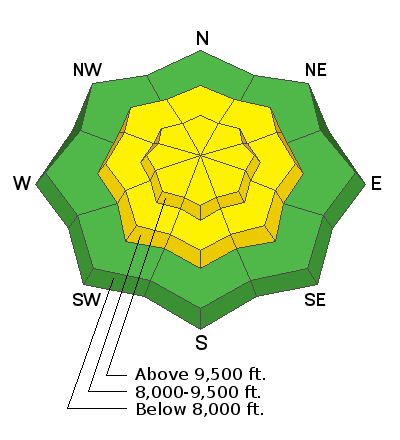
Low
Moderate
Considerable
High
Extreme
Learn how to read the forecast here



